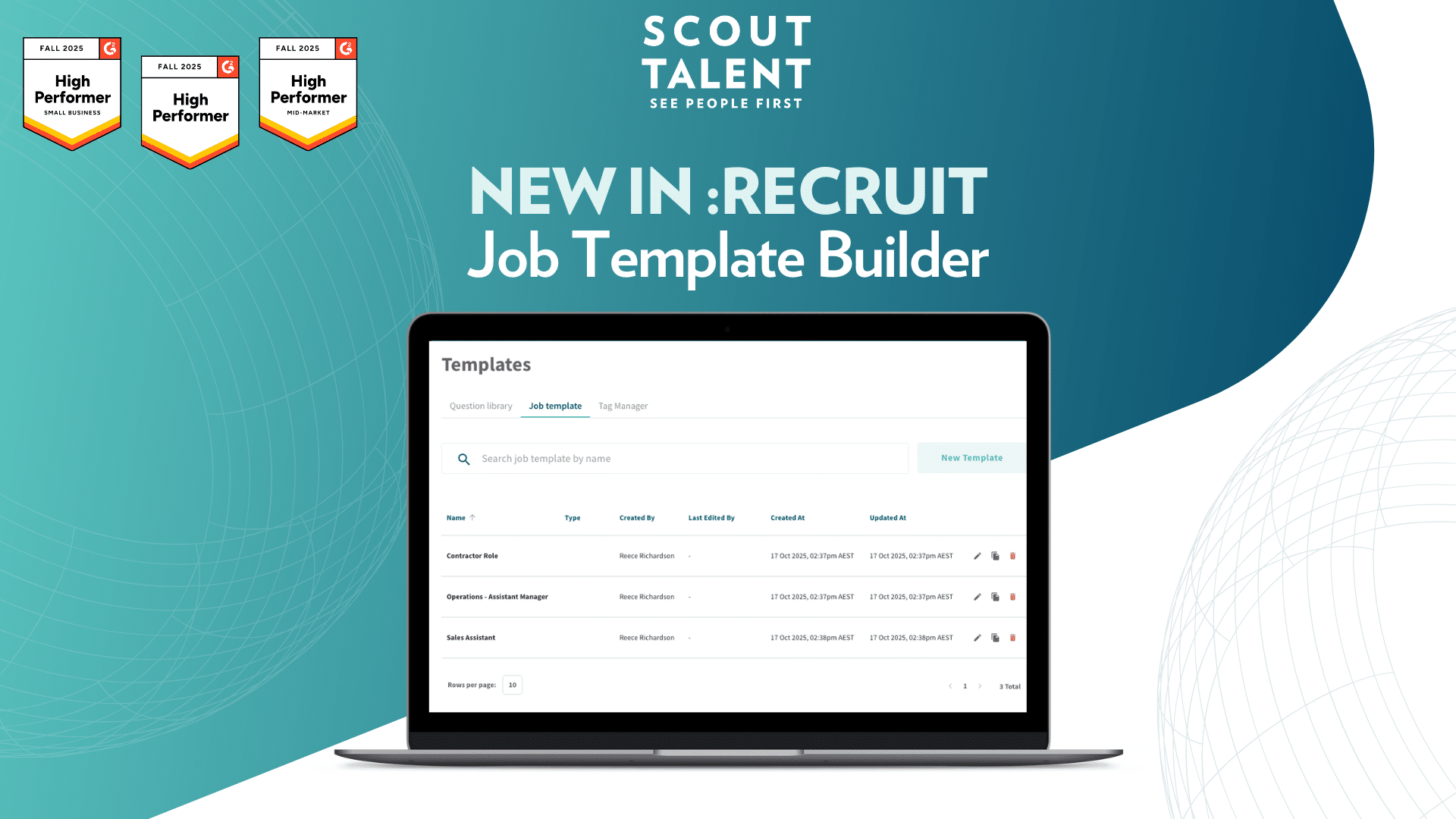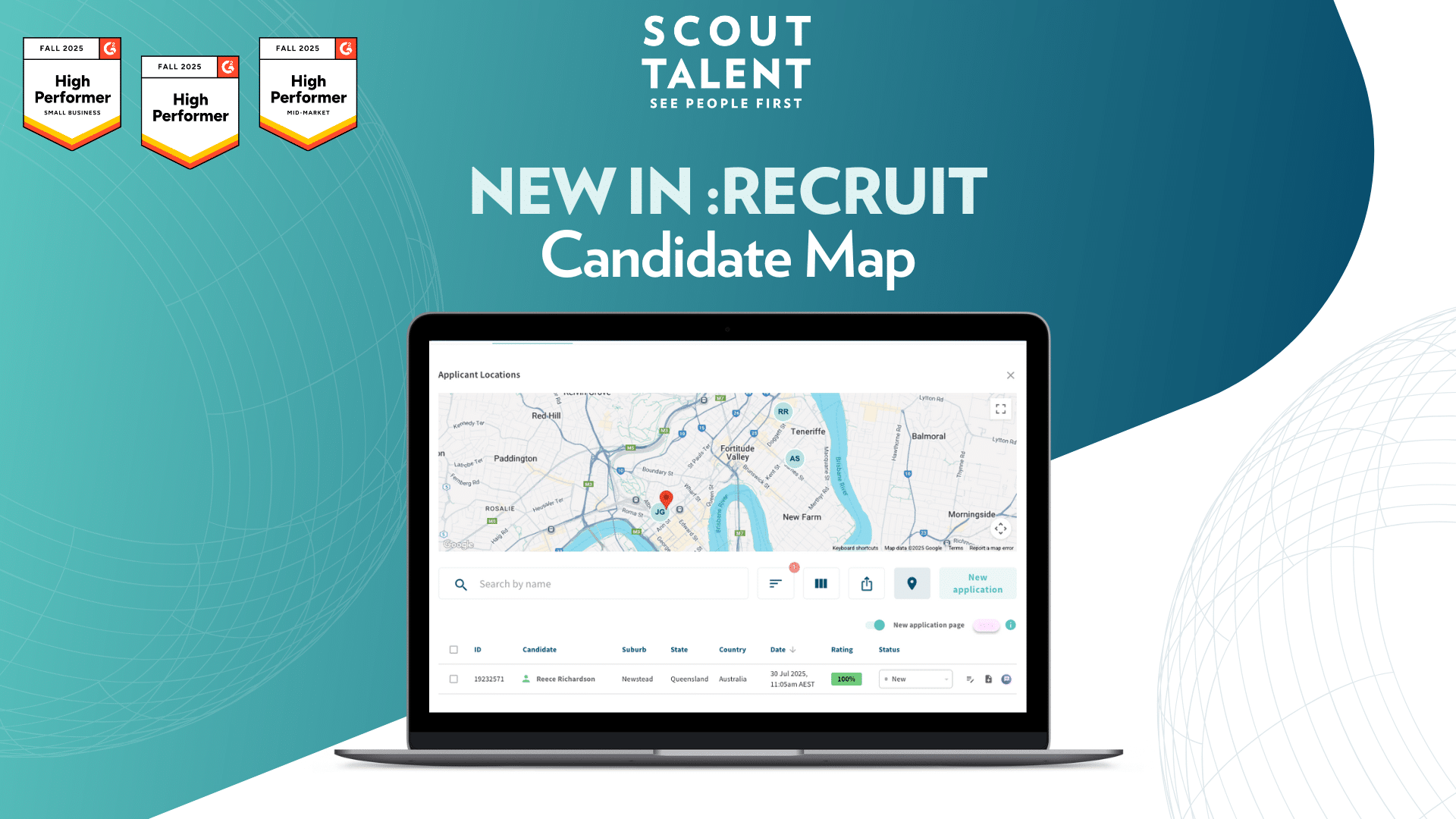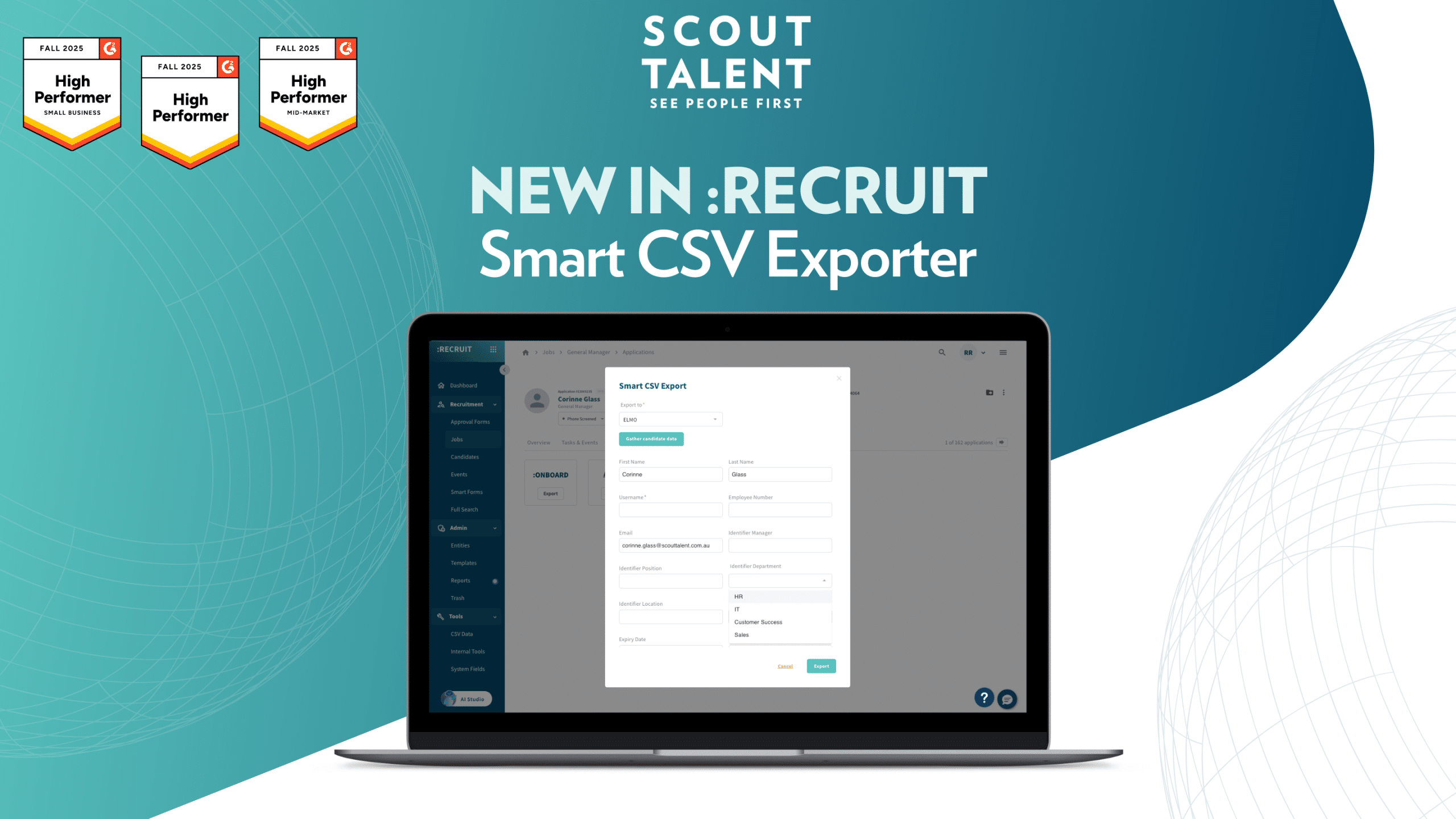It’s no secret that successfully onboarding new hires is crucial for their long-term engagement and productivity. A study shows that 70% of employees who reported having a good onboarding experience also described their job as “the best possible job”. Still, only 12% of organizations feel their company does onboarding well. Even though hiring managers and HR professionals are aware of the importance of a good experience when onboarding a new employee, there are still a lot of companies that do not prioritize this very important step in the hiring process.
What is Onboarding & Why is it Important?
Onboarding is the essential process of integrating and orienting new employees into an organization or company. Its primary goal is to ensure a seamless transition for new hires, guiding them through your company’s culture, policies, and procedures while making them feel valued and connected to their new role. Onboarding sets the tone for new employees’ experiences within an organization, shaping their initial impressions and long-term engagement. A well-executed onboarding process ensures that new hires feel welcomed, valued, and equipped with the necessary tools and information to succeed in their roles. Moreover, effective onboarding fosters integration into the company culture, accelerates productivity, and ultimately contributes to higher retention rates and overall organizational success.
A bad onboarding experience increases the likelihood of an employee looking for another job – Businessnewsdaily
How to Setup a Positive Onboarding Experience
The onboarding process is more than just welcoming a new employee to your organization; it begins with the offer letter and continues well after the new hire’s first day.
In today’s fast-paced recruitment landscape, recognizing the significance of a stellar onboarding experience is crucial. As top candidates evaluate offers to join your company, prioritizing their experience ensures they start their journey on the right foot.
Creating a stellar induction process is essential for the success of your new team member. To achieve orientation excellence, consider the following:
- Be transparent with important details – Ensure your new hire is fully informed before day one. This includes providing necessary forms for completion, documents required for payroll and finance, information about dress code, parking, contact persons for inquiries, and any additional details that would contribute to their comfort on their first day.
- Set them up for success – Verify with your internal team that all necessary accounts have been set up, such as corporate email addresses and phone numbers. Additionally, ensure access to any training courses or learning resources that will enable the new hire to perform their role effectively and efficiently.
- Offer support – Starting a new job can be daunting, especially without clear guidance. It’s important to offer ample support during the initial weeks to help the new teammate navigate their role and build relationships within the team, fostering a sense of comfort and belonging.
Effective onboarding is a critical component of the recruitment process, and overcoming common mistakes is essential for creating a positive experience for new hires. Despite the awareness of its importance, many organizations still overlook this critical step. In this article, we will explore the top four onboarding mistakes and provide practical solutions to help companies overcome them, ensuring a positive and seamless transition for new employees.

Mistake #1. Manually Entering Candidate Details: A Recipe for Errors
Unfortunately, many recruiters still do not have access to an ATS or an HRIS, making it much harder to keep track of job postings and applications coming in – especially if there are multiple roles being advertised at the same time. A lot of hiring managers track applications and candidates via emails and/or in a spreadsheet making it difficult to keep up with all the resumes received and the process made in the previous day.
Besides, keeping track of applications and candidates’ personal data in a spreadsheet is not only unsafe but causes room for errors, even for the most meticulous proofreaders. Such mistakes not only compromise professionalism but may also lead to misunderstandings or discrepancies that could impact the employee’s confidence and trust in the organization.
Solution: Leverage Onboarding Software for Digital Contract Creation
To help decrease the risks associated with manual data entry such as mistyping a name/email address or phone number, or to keep the data safely stored in one place, it might be time to consider an onboarding software tool. An onboarding software can automate the population of candidate details into offer letters and contracts, making your job easier and decreasing the room for mistakes.
By integrating onboarding software into your recruitment process, you can ensure accurate and error-free documentation, leaving a positive impression on new hires from the start.
Mistake #2: Paper Contracts Slow Down Onboarding
There are a number of reasons why sending paper contracts is inefficient and can result in bad employer branding:
- Environmental impact – Printing and signing documents contribute to paper waste, which is not environmentally friendly. Encouraging digital processes aligns with sustainability efforts and reduces your organization’s carbon footprint.
- Time and cost savings: Printing offer letters can be time-consuming and inconvenient. By adopting digital processes, new hires can review or refer to their offer details frequently.
- Efficiency and speed: Digital offer letters can be generated, sent, received, and acknowledged quickly. It eliminates delays caused by physical document handling and transportation. This expedites the onboarding process and creates a positive impression for new hires.
- Recordkeeping and security: Digital offer letters can be easily stored and organized electronically. They provide a more secure method of document storage compared to physical copies, as they can be password-protected and encrypted, reducing the risk of unauthorized access or loss.
- Remote work considerations: With the rise of remote work and distributed teams, relying on physical signatures becomes impractical. Digital offer letters enable you to seamlessly onboard employees regardless of their location.
Demanding inefficient and time-consuming tasks from candidates can create stress and consume valuable time that could be better utilized for more productive activities.
Solution: Embrace Digital Signatures and Online Contracts
Modernize your onboarding process by shifting from traditional paper-based contracts to digital alternatives. Instead of printing and signing contracts, email your candidates an online job offer and contract, allowing them to review the terms electronically. Encourage candidates to accept the role and communicate any concerns via email. Furthermore, adopting onboarding software that enables digital signatures ensures a secure and streamlined contract signing experience for both parties.
Mistake #3: Beware the Dangers of Unsecured Paper Trails
In an era dominated by digital technology, clinging to a paper-based onboarding system can lead to a host of issues. Not only does relying on physical documents pose significant security risks, but it also introduces inefficiencies in data management and environmental concerns due to excessive paper usage.
Other potential issues include:
- Security vulnerabilities: Storing sensitive employee information on paper leaves it susceptible to theft, loss, or unauthorized access. This can result in data breaches, identity theft, and legal liabilities for the organization.
- Compliance challenges: Managing paper documents makes it difficult to ensure compliance with data protection regulations.
- Lack of accessibility: Paper documents are not easily accessible to remote or distributed teams. This can hinder collaboration and communication, especially in organizations with multiple locations or remote work arrangements.
Solution: Embrace Cloud-based Systems
To mitigate the risks associated with paper-based onboarding, organizations should consider to cloud-based systems for document management and communication.
Cloud-based platforms offer several advantages:
- Enhanced security: Cloud-based systems provide robust security features such as encryption, access controls, and multi-factor authentication to safeguard sensitive information from unauthorized access or data breaches.
- Compliance assurance: Cloud-based systems can help organizations maintain compliance with data protection regulations by implementing built-in security measures and facilitating audit trails and data tracking.
- Improved accessibility: Cloud-based systems enable seamless access to documents and information from any location and device with internet connectivity. This promotes collaboration and flexibility, particularly for remote or distributed teams.
- Environmental sustainability: By reducing reliance on paper, cloud-based systems contribute to environmental conservation efforts by minimizing paper consumption, waste generation, and carbon emissions associated with traditional document management practices.
Embracing cloud-based systems aligns with sustainable practices and modernizes the onboarding process, promoting efficiency, security, and environmental responsibility.
Mistake #4: Neglecting Potential First-Day Challenges for New Hires
A new hire’s first day should be a thrilling experience, with enthusiasm and energy at its peak. However, subjecting employees to administrative delays, such as postponed access to essential tools or training materials, and encountering unexpected training obstacles like scheduling conflicts or insufficient resources, can quickly diminish their initial excitement and impede their ability to contribute effectively. Additionally, unresolved paperwork, delayed IT setup or incomplete orientation sessions are other potential roadblocks that could adversely impact the new hire’s early experiences.
93% of businesses agree that onboarding can help new hires decide whether they are want to stay or leave. Careerbuilder
Solution: Proactive Preparation for a Seamless Start
To mitigate potential first-day challenges, organizations must proactively prepare new hires for success by ensuring they have access to the necessary tools and resources well in advance of their start date. This includes providing comprehensive training materials, access to software and systems, and clear communication about expectations and responsibilities. By equipping new employees with the resources they need from day one, organizations can foster a positive and productive onboarding experience.
Recognizing and addressing common onboarding mistakes requires meticulous planning, efficient processes, and the right technology. By recognizing and addressing common onboarding mistakes, organizations can optimize their recruitment processes and create a positive experience for new hires. Investing in recruitment software that facilitates the digital creation and delivery of job offers and contracts, coupled with seamless acceptance by candidates, can significantly streamline the onboarding journey and enhance the overall recruitment process.
The first 45 days of employment account for up to 20% of worker turnover’. SHRM
Investing in onboarding software, such as :Onboard, ensuring compatibility with your recruitment CRM or ATS, helps to streamline the creation, delivery, and tracking of digital contracts and offer letters, saving time and effort. Within a few clicks, collect all the necessary onboarding information from your new hires and ensure all the data is safely stored.
To learn more about how Scout Talent can help you enhance your recruitment processes and overcome onboarding challenges, reach out to us at hello@scouttalent.ca.
Our team is dedicated to supporting you in achieving a seamless onboarding experience for your new hires, fostering engagement, and driving long-term success.






